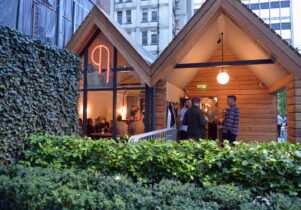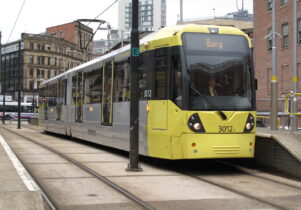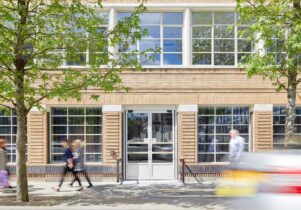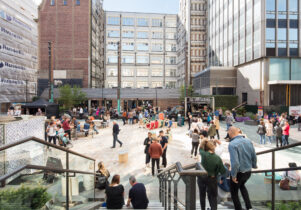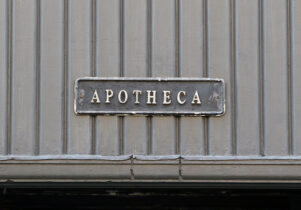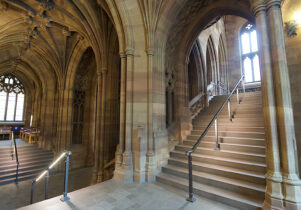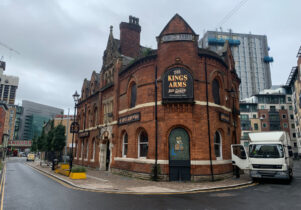Truly Madly Brutal
Johnny James, Managing Editor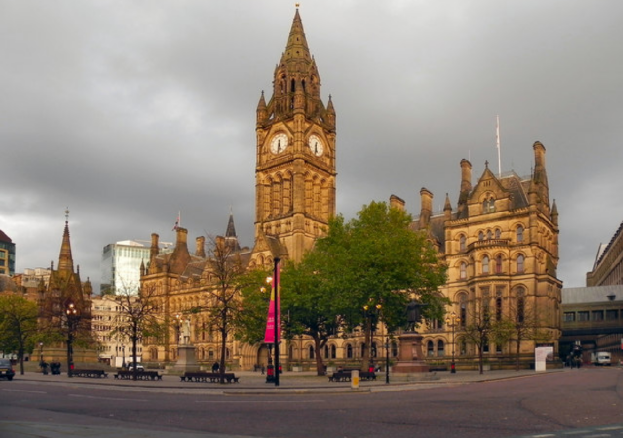
The architecture of the sixties and seventies is often derided, and yes, sometimes that’s justified. But there are many fascinating buildings from that period, designed in an atmosphere of hope and excitement. Manchester contains more than a few of them, and this walking tour introduces you to some shining examples.
Following World War II, Britain, broken as a superpower, found it hard to face its past. A dirty, bombed Manchester – the first urban centre of the Industrial Revolution – didn’t like what it saw when it looked in the mirror. It seemed better to wipe all the old stuff away. Make a fresh start.
So the city came up with the 1945 Manchester Plan, an astonishingly ambitious urban development scheme which – thankfully – was never realised. If seen through, the glorious mess of Manchester architecture – including buildings like Manchester Town Hall – would have been flattened in favour of a regimented and uniform cityscape.
While the 1945 Manchester Plan was never actioned, there are clues as to what the city might have looked like if it had been. This walking tour of Manchester will give you a sense of the city that might have been, through the architecture that did make the cut. And some of it is rather special.
But it’s not all about the Manchester Plan. The tour also looks to the city’s broader post-war redevelopment efforts, which took the form of concrete, glass and steel. Loved by some, hated by others, these Brutalist buildings, with their emphasis on honesty in materials, functionality, and social reform, never fail to elicit some reaction. Among them are the CIS Tower, the Piccadilly Plaza complex and Manchester’s little Brasilia, along with precursors such as the glorious Daily Express building.
You’re knowledgeable and experienced tour guide will peel back the layers of history and tell you some fascinating stories about these buildings, while also exploring the wider intentions and ideals of Brutalism. You’ll visit both exteriors and interiors, as well as huge and often overlooked artworks. Last but not least you’ll hear stories about the people behind the architecture, including the personalities involved in the Manchester Plan.
This is an informed tour but it’s huge fun, too – great for academics and modernists, but also for those with a more casual interest in Manchester architecture.



